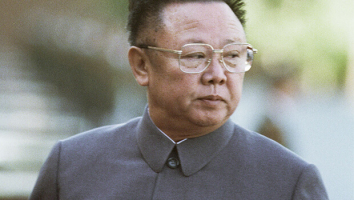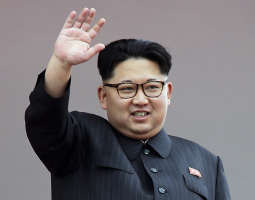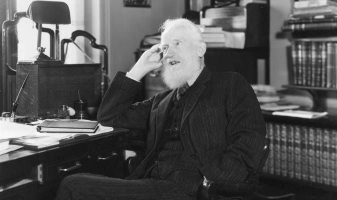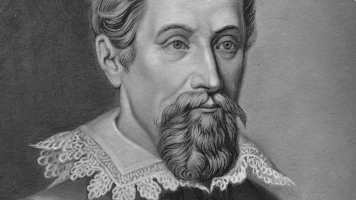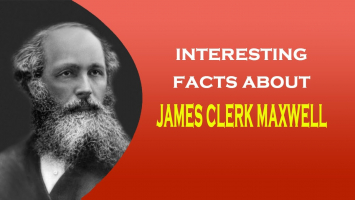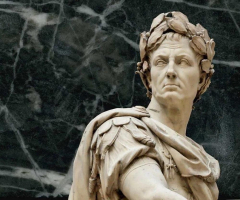Top 7 Interesting Facts about Kim Il Sung
The first recognized leader of North Korea, Kim Il-sung, governed the nation for many years. One of the most interesting facts about Kim Il-sung was his ... read more...unwavering commitment to improving conditions in the DPRK (now North Korea). Kim Il-sung was revered by the populace, who frequently referred to him as a hero. Actually, even after his passing, this phenomenon persisted.
-
The Democratic People's Republic of Korea was founded in 1948 until Il-Sung Kim passed in 1994, usually known as North Korea, was led by Korean. From 1948 until 1972, he served as Prime Minister, and from 1972 until his death, he served as President. From 1949 through 1994, he served as the founder and head of the Workers' Party of Korea (titled as chairman from 1949 to 1966 and as general secretary after 1966). Invading South Korea in 1950, he came close to conquering the entire peninsula until the UN stepped in. A cease-fire was reached on July 27, 1953, ending the Korean War, also known as the Korean Civil War. The Korean War is still technically ongoing as of right now.
Kim Song-ju is the name his parents gave him. The family relocated to Manchuria in 1920 as a result of the opposition of both of his parents to Japanese authority over Korea. Young Kim joined a communist youth group after finishing school. From that point forward, he went by various aliases. "The Elder Grandson," "The Morning Star," and "The Light from the East" as you can see, Kim was meticulous in selecting his aliases. They were the names that held a deeper significance. At the age of 17, he adopted the name Kim Il-sung. Its meaning is "The Rising Sun."
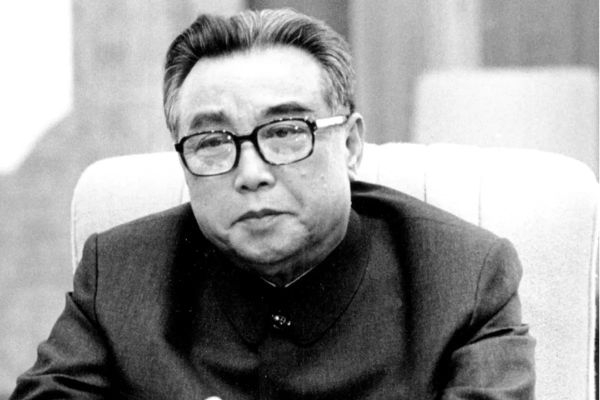
Photo: The Guardian 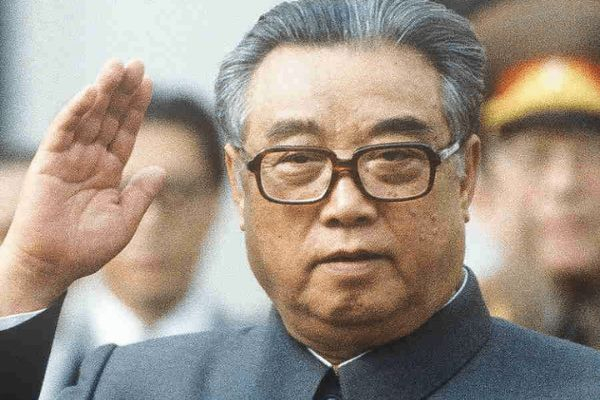
Photo: The Famous People -
Kim climbed swiftly through the ranks to become the guerilla army's commander in 1934. He was appointed to the United Army, which was commanded by the Chinese Communist Party, a year later. Soon after that, he was given the opportunity to lead the 160-man 2nd division. He assumed command of the troops known as "the division of Kim Il-sung" in 1936. During the 1937 Battle of Pochonbo, his military officer training, experience, and abilities helped him prevail.
All facets of North Korean life are heavily influenced by political leaders, thus any change in the top leadership, even if it is a father-to-son transition, is significant from a political standpoint. Since Kim Jong Il has been in charge for for ten years, it is possible to pinpoint some of his distinctive governing traits. The involvement of the military in politics is one notable example. Kim Jong Il established "military-first" policies and replaced the party with the military to rule the nation. There are many indications that the military is on the rise, and its influence can be seen in many facets of political and social life. The characteristics, roots, supporters, and motivations of Kim Jong Il's "military-first" politics are examined in this article.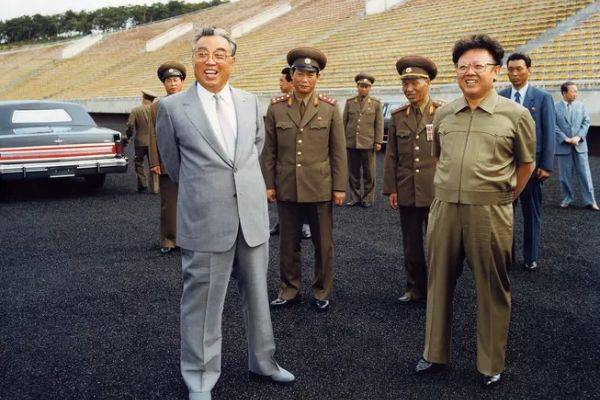
Photo: NZZ 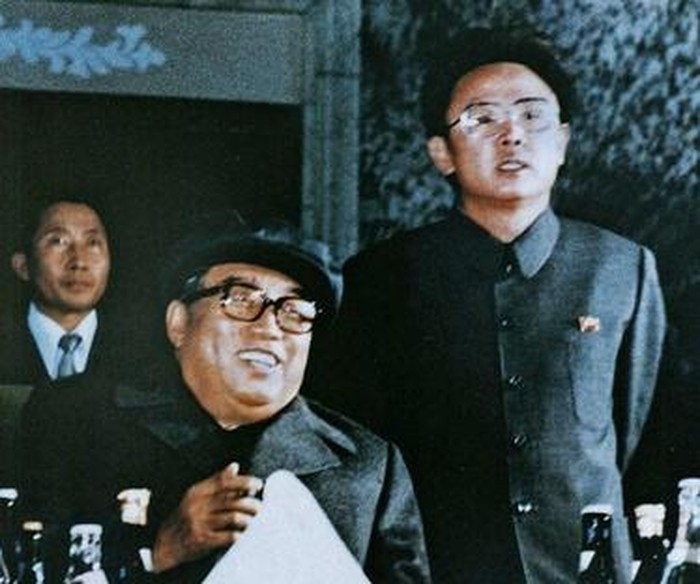
Photo: Giáo dục Việt Nam -
In order to escape the Japanese occupation of Korea as a child, Kim's parents escaped to Manchuria. He went to primary school in Manchuria and joined a communist youth group while still a student. Because of his involvement with the gang from 1929 to 1930, he was detained and imprisoned. Kim joined the Korean guerrilla resistance to the Japanese occupation sometime in the 1930s after being released from prison, taking the name of a famous prior Korean guerrilla warrior who had fought the Japanese. Kim was transferred to the Soviet Union for military and political training after being noticed by the Soviet military officials. He joined the Communist Party of the area there.
Kim served as a major in the Soviet army and oversaw a Korean contingent during World War II. Korea was effectively split in half when the Japanese surrendered in 1945, with the northern half under Soviet occupation and the southern half under American backing. In order to form a communist provisional government under Soviet supervision in what would later become North Korea, Kim returned at this time alongside other Koreans who had received Soviet training. In 1948, he was elected as the first prime minister of the newly established Democratic People's Republic of Korea, and in 1949, he was elected as the leader of the Korean Workers' (communist) Party.
The Soviet military establishment took notice of Kim because of his skill and accomplishment as a military officer. They extended Kim an invitation, inviting him to visit the Soviet Union to instruct military personnel. An interesting Kim Il-sung fact is that after his arrival, Kim joined the Russian Communist Party right away.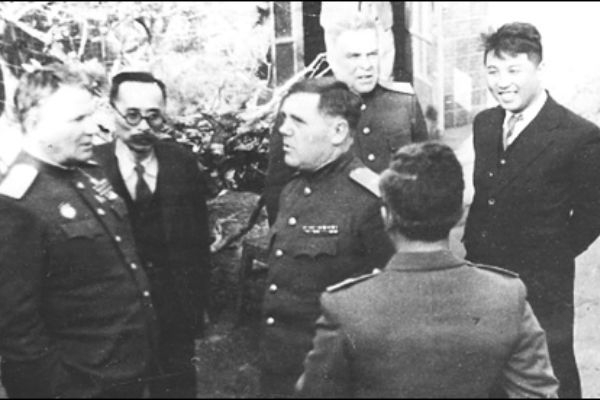
Photo: The Korea Times 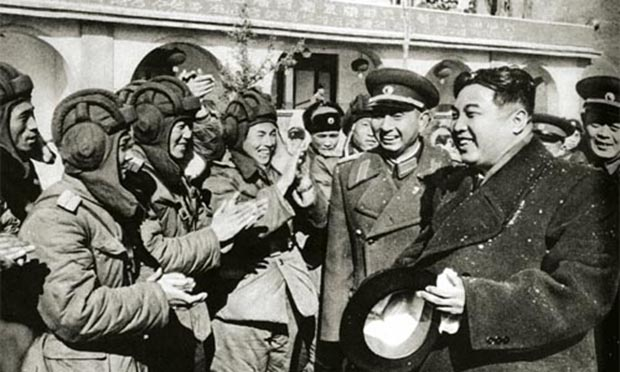
Photo: The Communists -
Kim was given command over the Korean soldiers that were a part of the Soviet army during World War II. Korea was split between the US and the Soviet Union by the end of the war. The US occupied the southern portion, while the Soviet Union occupied the northern portion. Kim started to gradually install a communist temporary government with the help of the Soviet Union. The procedure took three years to complete. Kim was inaugurated as the DPRK's first premiere in 1948, an interesting fact about Kim Il-sung.. He then proceeded to form the Korean Workers' Party.
A communist nation that controls the Korean Peninsula's northern half. Japan invaded Korea after World War II, with American forces holding the southern half of the nation. The north was seized by Soviet forces. This division became permanent in 1948, and distinct governments were established in the two zones. Kim Il Sung was in charge when the Democratic People's Republic of Korea was created on May 1st, 1948. North Korea launched an invasion of South Korea in 1950, but after three years of fighting that included American, UN, and Chinese involvement, the two Koreas' borders remained largely unaltered. The North Korean government actively expanded these resources and prewar industry into a sizable industrial plant since they were located where the majority of Korea's resources and prewar industry were.
One of the few really authoritarian countries is North Korea, which was founded on a Kim Il Sung personality cult and has been upheld, albeit imperfectly, by Kim Jong Il, who took over as a leader in 1994. Famine has been brought on domestically by the regime's xenophobic foreign policy and persistent economic failure, and its international relations have been mostly isolated. Its growing instability is cause for serious concern because it still maintains a sizable military force and continues to research nuclear weapons. North Korean stamp issues are prohibited from importation through the mail and are subject to Treasury Department limitations.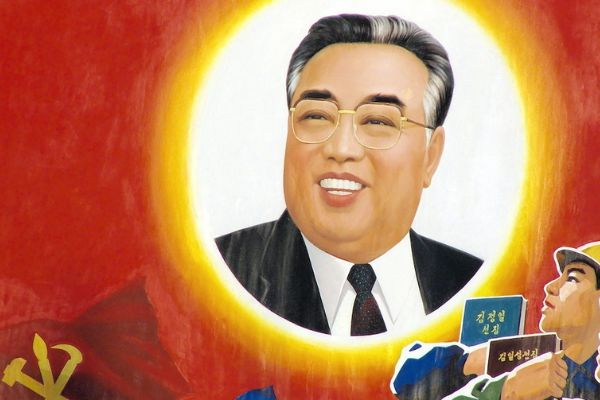
Photo: We Are The Mighty Video: BBC News -
Kim began the Korean War to accomplish this objective. Even though the conflict lasted for about 3 years, he was unable to conquer South Korea. Because Kim almost lost control of North Korea, the ramifications were exceedingly severe. Kim Il-Sung was fortunate to have Chinese forces on his side because the Chinese army assisted him in preventing the invasion of United Nations forces, which is an intriguing fact about him.
With more than 95% of defectors questioned in the South supporting it, it would appear that North Koreans on both sides of the border are more in favor of unification. Kim Il Sung, the founder of North Korea, put up a 10-point blueprint for unification in 1993, which included a suggestion to maintain the two administrations and political systems while opening the borders. Seoul was officially designated as the capital of North Korea, also known as the Democratic People's Republic of Korea, until the 1970s. To this day, the South Korean government chooses fictitious governors of Northern provinces.
Ben Forney, a research associate at Seoul's Asan Institute, said that reunification "ultimately complicates a lot of the more immediate, short-term aims, whether it be denuclearization or the human rights issue, or even just maintaining reliable communications between North and South Korea."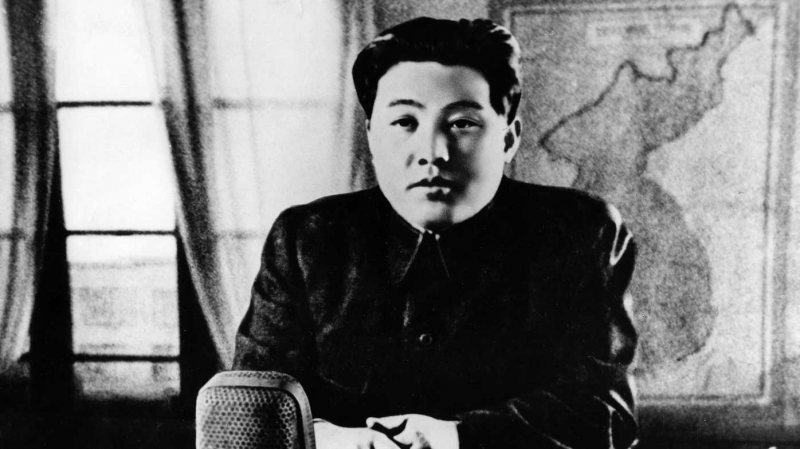
Photo: In Defense of Communism 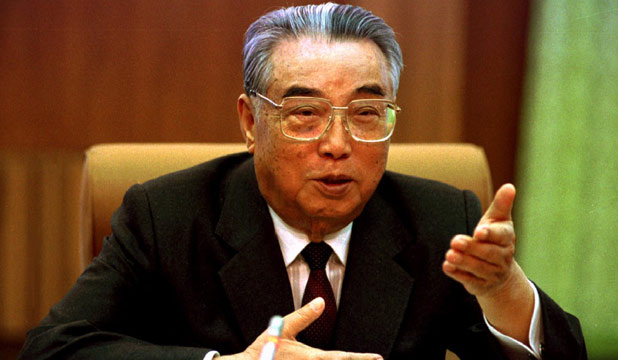
Photo: Stuff.co.nz -
Kim received the title of "eternal President of the Korean Republic" in 1998 which is one of the interesting facts about Kim Il-sung. The practice of awarding posthumous titles to deceased North Korean leaders is known as the "eternal leaders of Juche Korea," or simply "the eternal leaders of North Korea." The Constitution's preamble, as amended on June 30, 2016, and subsequent modifications created the official title. In order to pay tribute to the late great leader, the role was created. Kim continues to be the unofficial leader of the nation even if his grandson is now in charge.
On April 15, 1912, in Mangyongdae, Pyongyang, President Kim Il Sung was born. This date is one of the most significant national festivals in the DPRK, along with Leader Kim Jong Il's birthday. From the time the Democratic People's Republic of Korea was established until his death, he served as its president. He is the Eternal President of the DPRK and is officially known as the Great Leader. He created the Juche Idea, a philosophy that emphasizes the necessity of independence and is the foundation of North Korea's official school of thought. In the DPRK, President Kim Il Sung is also referred to as "The Eternal President," and there are many monuments, murals, paintings, etc. depicting him.
As Kim Il Sung's image becomes more prevalent throughout the DPRK, his figure assumes greater significance. His life, fictionalized accounts of him, and personality traits are all taught in schools. People wear pins with his image on them. A new constitution is adopted in 1972, and Kim Il Sung is elected leader of the DPRK. With the ultimate involvement of his son Kim Jong Il, on-the-spot guidance in factories and workplaces becomes typical.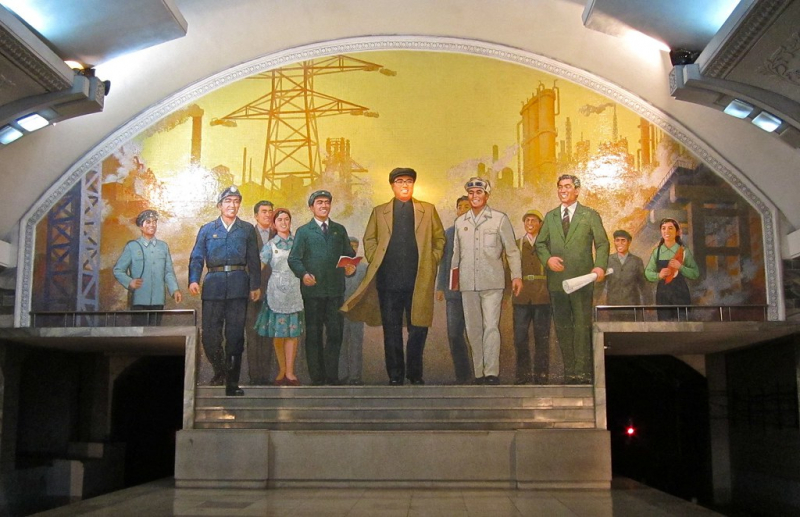
Photo: Flickr Video: slevisham -
Even at official public gatherings, it was against the law to snap pictures of Kim in his final years. Why? because the leader's neck began to develop a tumor. Some stories claim that Kim passed away as medical professionals worked to remove the tumor. Kim's death was officially attributed to a heart attack. It was forbidden for anyone to disclose Kim's condition and medical issues.
According to authorities, two people are responsible for the disposal of restricted images of three generations of North Korean leaders at a South Korean outdoor market. South Korean law restricts access to communist regime television broadcasts as well as forbids some portrayals of North Korea and its leaders.
Don't clip or zoom when taking pictures of statues, murals, or other works of art that include General Kim Jong Il or President Kim Il Sung. These subjects, especially statues, should only be photographed from the front. You are welcome to appear in these images yourself, but please make sure your hands are by your sides (not in front, behind, or crossed), that you are not making any silly faces or movements, and that you are not wearing sunglasses or chewing anything. These guidelines apply throughout the nation, but they are most frequently found near Pyongyang's revered Mansudae Grand Monument.
In North Korea, as in the majority of other nations, it is highly forbidden to take pictures of soldiers, military facilities, checkpoints, and military vehicles. Construction sites, which are frequently engaged with the military, are included in this guideline. You will be informed of the exclusions, most notably the Korean Demilitarized Zone, where you are even allowed to snap pictures with North Korean soldiers!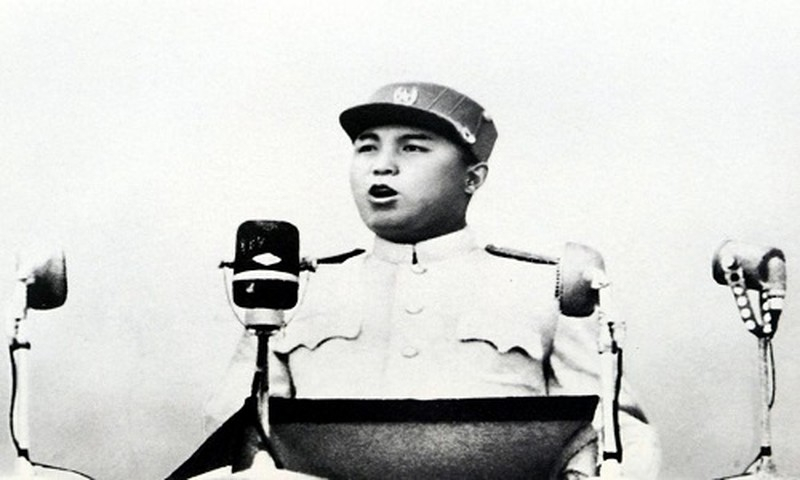
Photo: Kienthuc 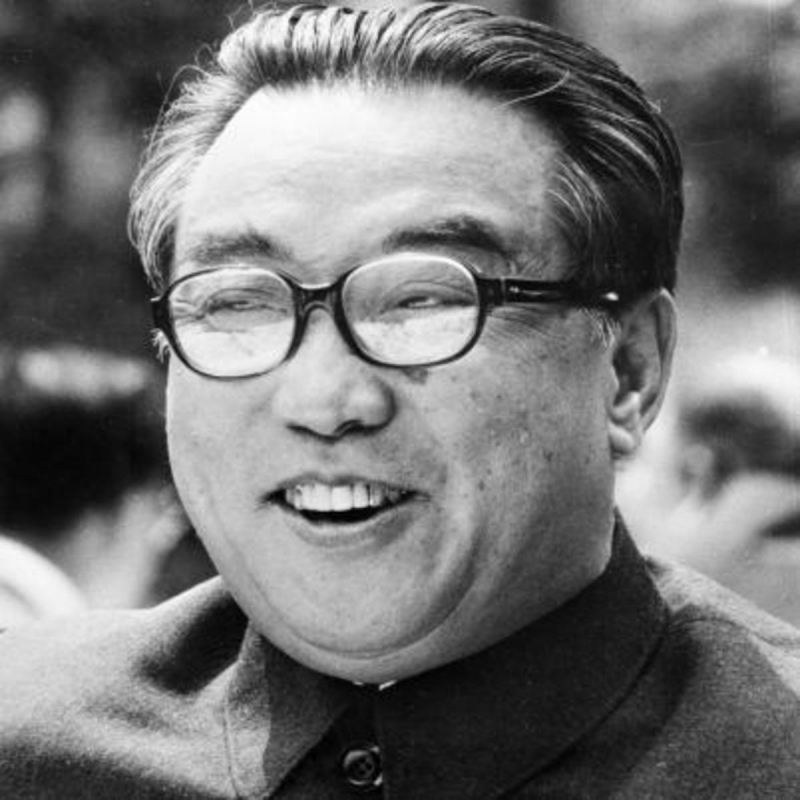
Photo: bio. Biography.com









